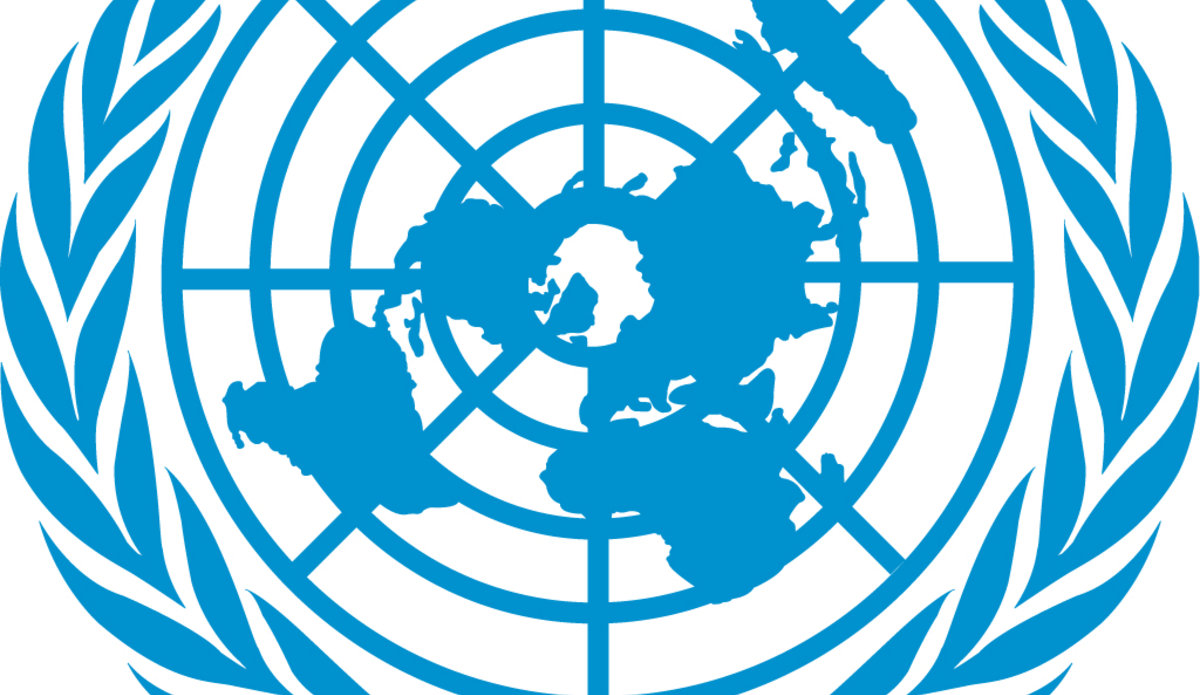UNODC predicts stable opium crop in Afghanistan
KABUL - In a report issued today, the United Nations Office on Drugs and Crime (UNODC) projects a stable opium crop in Afghanistan in 2010. Afghanistan Opium Winter Rapid Assessment 2010
The UNODC Winter Rapid Assessment 2010 is based on farmers’ intentions at the time of planting in a total of 536 villages over 188 districts nationwide. While most of the poppy is still under the ground, this assessment gives the first indication of what Afghanistan’s opium harvest may look like in 2010.
The assessment reports that this is the year to consolidate gains made in the struggle against Afghan opium. Opium cultivation in Afghanistan has decreased by one third (36%) over the past two years, from a record high of 193,000 hectares in 2007 to 123,000 hectares in 2009. In 2010 cultivation will stabilise, sending a clear message that “in order to further reduce the biggest source of the world’s deadliest drug, there must be better security, development and governance in Afghanistan” said UNODC Executive Director Antonio Maria Costa.
While cultivation remains static across Afghanistan, the number of opium-free provinces is projected to rise, from 20 in 2009 to as high as 25 this year with effective intervention and assistance. Of the 20 provinces that were poppy-free last year, 17 are expected to remain so. Three provinces in the north (Baghlan, Faryab and Saripul) show signs of losing that status, due to a small increase in cultivation in districts prone to high insecurity. Conversely, five provinces that cultivated opium last year may attain poppy-free status in 2010 (Kunar, Nangarhar, Kabul, Laghman and Badakhshan).
“I urge the Afghan government and the international community to focus special attention on the eight provinces where opium cultivation is negligible, though not poppy-free,” said Mr Costa.
Since 2007, market forces have played a major role in influencing farmers’ decisions against opium cultivation. In the south-west of the country, where most of the opium is grown, a quarter of farmers cited low prices and low yields as the main reasons for not growing opium this year. However, price trends are starting to reverse. The price of licit crops, like wheat (down 43%) is falling faster than the price of opium (down 6%) which makes poppy a more attractive crop to poor farmers.
At the same time almost two thirds of the villages which are expected to cultivate opium in 2010 had not received agricultural assistance in 2009. “Development assistance is badly needed to help Afghan farmers find income alternatives to opium,” said Mr Costa.
The head of UNODC also underlined the need for good governance as there is a strong correlation between insecurity and cultivation. The UNODC assessment shows that almost 80% of villages with very poor security conditions grew poppy, while opium grows in only seven per cent of villages unaffected by violence. Where the government is more able to enforce the law, a large percentage of farmers (61%) said that they did not cultivate opium because it is banned.
“The Afghan authorities must lead and own the drug control strategy: the rest of the world has a vested interest in its success,” said Mr Costa.
Website: United Nations Office on Drugs and Crime
 UN
UN







